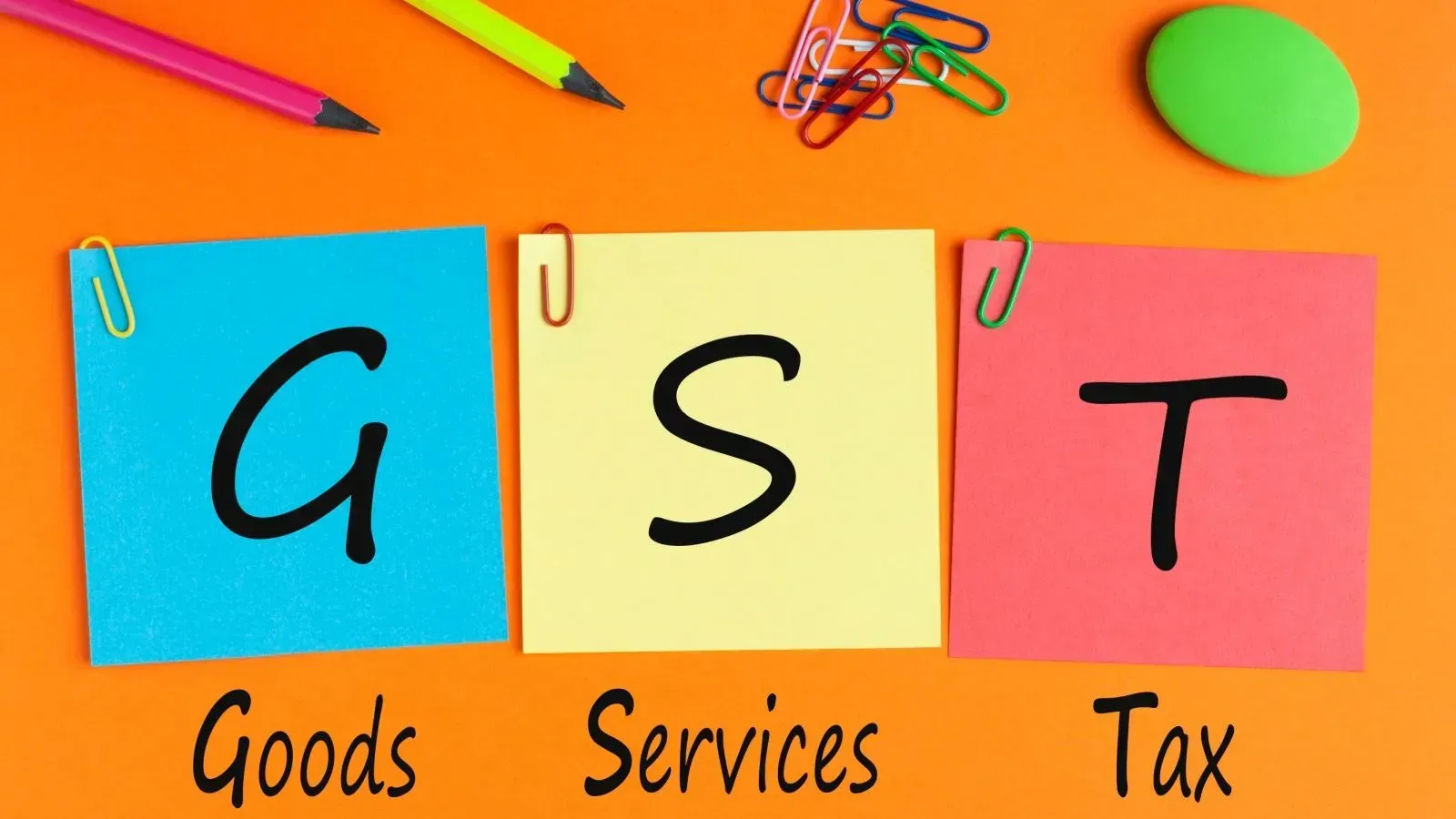Market News
GST 2.0: What impact will it have on auto sector? The positives and negatives
.png)
5 min read | Updated on August 18, 2025, 12:26 IST
SUMMARY
GST reforms: In upcoming sweeping reforms, the GST on automobiles – currently in the highest tax bracket – will be restructured to resolve classification disputes related to engine capacity and vehicle size, ultimately benefiting the common man, according to government sources.
Stock list

A lower GST rate will boost demand and sales, as cars will become affordable. | Image: Shutterstock
The NIFTY Auto index rallied over 4.70% to around 25,260 levels, with all components, including Maruti Suzuki, Mahindra & Mahindra, and Hero MotoCorp, trading in the positive territory.
On Sunday, Prime Minister Narendra Modi said that the central government has circulated the draft of the next-generation GST reforms among states and sought their cooperation to enact the proposal before Diwali.
The prime minister announced the proposal to reform GST law in his Independence Day speech on August 15.
In upcoming sweeping reforms, the GST on automobiles – currently in the highest tax bracket – will be restructured to resolve classification disputes related to engine capacity and vehicle size, ultimately benefiting the common man, according to government sources.
Presently, automobiles are taxed at 28%, which is the highest GST slab. A compensation cess, ranging from 1 to 22%, is levied on top of this rate, depending on the type of vehicle.
The total tax incidence on cars, depending on engine capacity and length, ranges from 29% for small petrol cars to 50% for SUVs.
Electric vehicles (EVs) are taxed at a 5% rate.
PTI, quoting sources, said, as per the Centre’s proposal for moving the GST system to a two-tier rate structure of 5% and 18% and a 40% slab for a select few items, automobiles will be placed in a slab to put an end to disputes arising due to the classification of cars by engine capacity and length.
A lower GST rate will boost demand and sales, as cars will become affordable. Thereby boosting consumption, a key idea behind the GST overhaul proposal mooted by the Centre.
Commenting on the proposal, Morgan Stanley said if the GST rate for autos is reduced, it will drive the next auto upcycle.
Several news reports suggest the GST slab for 28% may be reduced to 18%, and the cess imposed on top of GST rates on automobiles may be discontinued as well.
Analysts at HSBC Research, in their research report dated August 18, said, "GST reduction would negatively impact government revenues in the near term but drive up auto demand and hence job creation in India."
Passenger vehicles, or PVs, generate around $14-15 billion in GST collection, and two-wheelers around $5 billion.
"The specifics are unknown so far; hence, we look at various scenarios and highlight company-level exposure to various GST rates and a framework for investors to evaluate the relative benefit across OEMs. While 2Ws and small cars look certain to be beneficiaries, the impact on EV companies is negative and on large vehicles uncertain," the HSBC report added.
Scenario 1: Reduction of GST to 18% for smaller cars
Currently in PVs, the GST ranges from 29% to 50% as a cess is imposed on top of GST based on the size (cc and length) of the vehicle. In the new regime, the government may reduce the tax on smaller cars to 18% (from 28%), and for bigger cars, it may move them to a “special rate” of 40% and cancel the cess on top of GST.
This would mean for smaller cars, prices may come down by around 8%, and for bigger cars, in the range of 3-5%.
In this scenario, OEMs like Maruti Suzuki India would be key beneficiaries due to higher exposure to small cars (68% volumes in the 28% category).
For M&M, the proposed GST reduction is a tailwind as well, though it is at a relative disadvantage due to higher exposure to EVs.
All two-wheelers will benefit from GST reduction, with a relatively higher benefit for domestic players. This will cause a nearly $4-5 billion impact on GST collections, wrote Yogesh Aggarwal, Head of Research, India, at HSBC Global Investment Research, in a co-authored note by Vipul Agrawal, Analyst, Automotive, and Vishal Goel, Analyst, India Automotive Research, at HSBC Global Investment.
Scenario 2: Flat reduction from 28% to 18% across size of cars and everything else remains the same
Analysts at HSBC Research note that this is a simplified regime, though a less likely scenario where the basic GST may be reduced from 28% to 18%, and the rest of the cess imposed on cars based on the size of vehicles remains the same.
In this scenario, all vehicles across categories benefit with around a 6-8% reduction in price. A flat 10% cut would mean the government absorbs a revenue hit of around $5-$6 billion, further derailing the fledgling traction of EVs in India.
Scenario 3: Flat reduction from 28% to 18% across the size of cars and discontinuation of cess
This would significantly simplify the tax structure, but it is a very unlikely scenario, as it would have a significant impact on government revenues (around half of GST revenues would be hit).
Other implications to keep in mind.
-
EV players will face a disadvantage if taxes are reduced on ICE vehicles;
-
some states may look to increase the road tax if GST is reduced; and
-
This news may materially impact near-term demand.
As regards EVs, it must be noted that, in July 2019, the government announced that the GST rate on all electric vehicles (EVs) will be reduced from 12% to 5% and on chargers or charging stations for EVs from 18% to 5%. The changes came into effect from August 1, 2019.
Related News
About The Author
Next Story




